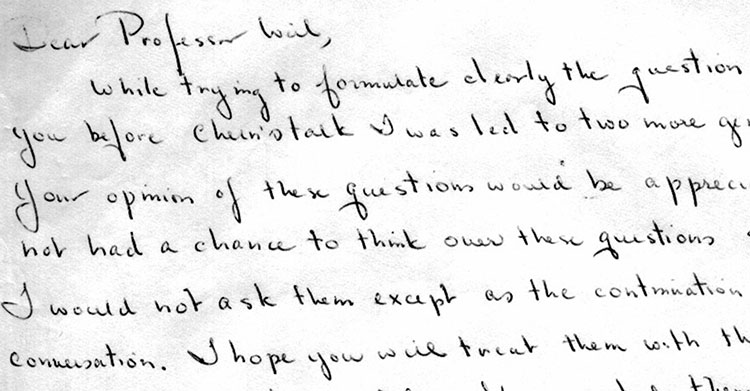‘Gabriel’s topos’ (see here) is the conjectural, but still elusive topos from which the validity of the Riemann hypothesis would follow.
It is the latest attempt in Alain Connes’ 20 year long quest to tackle the RH (before, he tried the tools of noncommutative geometry and later those offered by the field with one element).
For the last 5 years he hopes that topos theory might provide the missing ingredient. Together with Katia Consani he introduced and studied the geometry of the Arithmetic site, and later the geometry of the scaling site.
If you look at the points of these toposes you get horribly complicated ‘non-commutative’ spaces, such as the finite adele classes $\mathbb{Q}^*_+ \backslash \mathbb{A}^f_{\mathbb{Q}} / \widehat{\mathbb{Z}}^{\ast}$ (in case of the arithmetic site) and the full adele classes $\mathbb{Q}^*_+ \backslash \mathbb{A}_{\mathbb{Q}} / \widehat{\mathbb{Z}}^{\ast}$ (for the scaling site).
In Vienna, Connes gave a nice introduction to the arithmetic site in two lectures. The first part of the talk below also gives an historic overview of his work on the RH
The second lecture can be watched here.
However, not everyone is as optimistic about the topos-approach as he seems to be. Here’s an insightful answer on MathOverflow by Will Sawin to the question “What is precisely still missing in Connes’ approach to RH?”.
Other interesting MathOverflow threads related to the RH-approach via the field with one element are Approaches to Riemann hypothesis using methods outside number theory and Riemann hypothesis via absolute geometry.
About a month ago, from May 10th till 14th Alain Connes gave a series of lectures at Ohio State University with title “The Riemann-Roch strategy, quantizing the Scaling Site”.
The accompanying paper has now been arXived: The Riemann-Roch strategy, Complex lift of the Scaling Site (joint with K. Consani).
Especially interesting is section 2 “The geometry behind the zeros of $\zeta$” in which they explain how looking at the zeros locus inevitably leads to the space of adele classes and why one has to study this space with the tools from noncommutative geometry.
Perhaps further developments will be disclosed in a few weeks time when Connes is one of the speakers at Toposes in Como.

